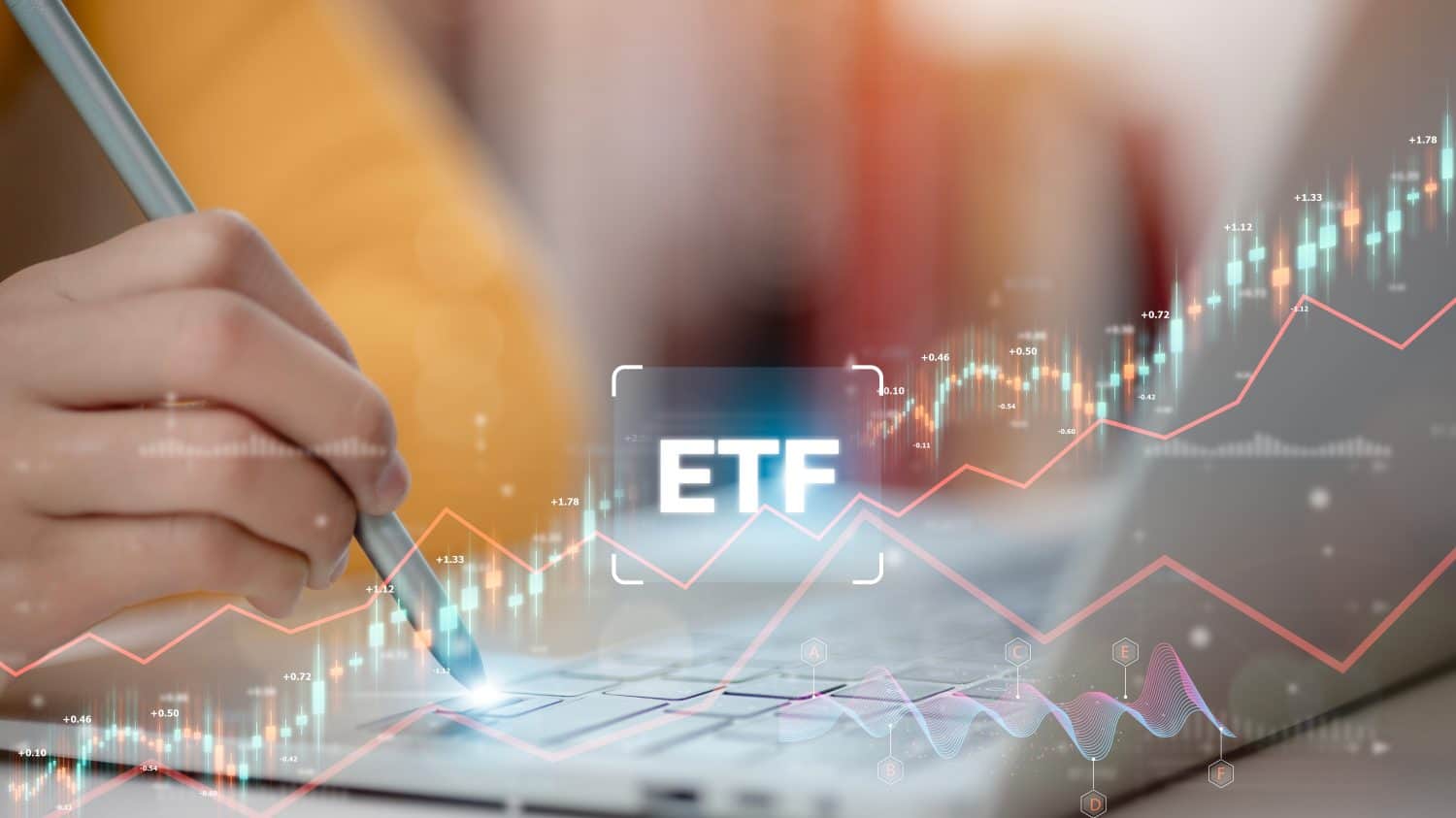
"The dividend yield, which is floating around 89%, looks rich again, thanks in part to plentiful demand for call options on a number of stocks that ULTY's active managers have written via a covered call strategy. And while covered calls do allow investors to earn more yield than they would with a more traditional dividend ETF, it's worth understanding the differences between covered call ETF distributions and dividends paid out by an equity fund that doesn't employ any options strategies. The important thing is the net effect of the share price moves and the dividends paid."
"To put it simply, I don't think asking oneself if the ULTY ETF's yield is "real" is the right question. Really, what constitutes real? If you pick up shares, you'll quickly find that you will, in fact, get paid a monthly distribution that is multitudes higher than most other dividend stocks in your portfolio. And while it is real cash dripping into your portfolio, the big question, I believe, that prospective investors should ask is how long the days of 80-100% yields will last and what could happen in a bear-case scenario that sees the entire stock market fold up, with tech (and those smaller hyper-growth AI and quantum computing innovators) falling into the blast zone of the next financial market sell-off. Will the yield fall back to earth? By how much?"
YieldMax Ultra Option Income Strategy ETF (ULTY) generates exceptionally high monthly distributions, floating around 80-100%, primarily from writing covered calls on stocks. Covered-call distributions differ from traditional equity dividends because option premiums can boost income while potentially reducing upside and leading to capital depreciation. Investors receive substantial cash distributions, but total returns have been modest due to share-price declines. The sustainability of extremely high yields is uncertain, especially during a broad market downturn when technology and high-growth names could face severe losses. Limited trading history makes future performance and reaction to bear markets difficult to predict.
Read at 24/7 Wall St.
Unable to calculate read time
Collection
[
|
...
]